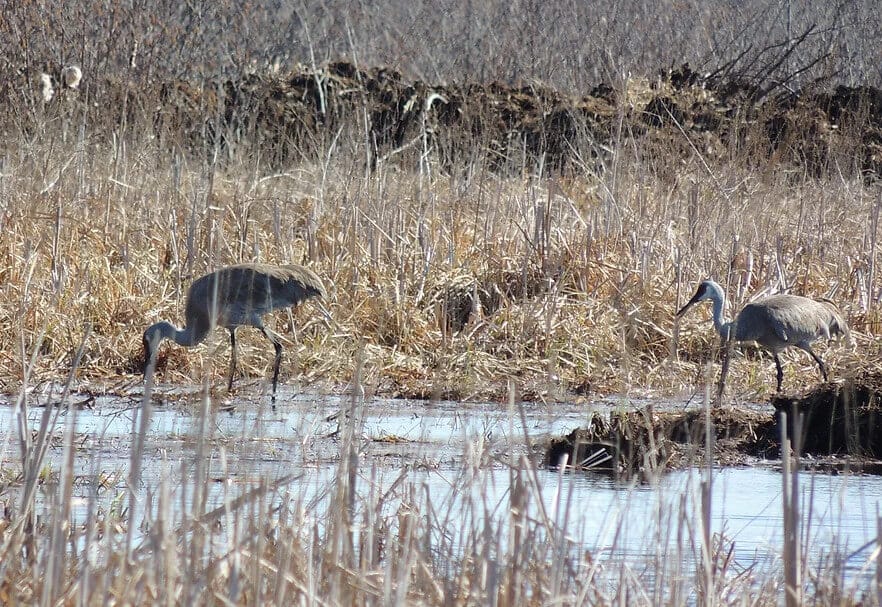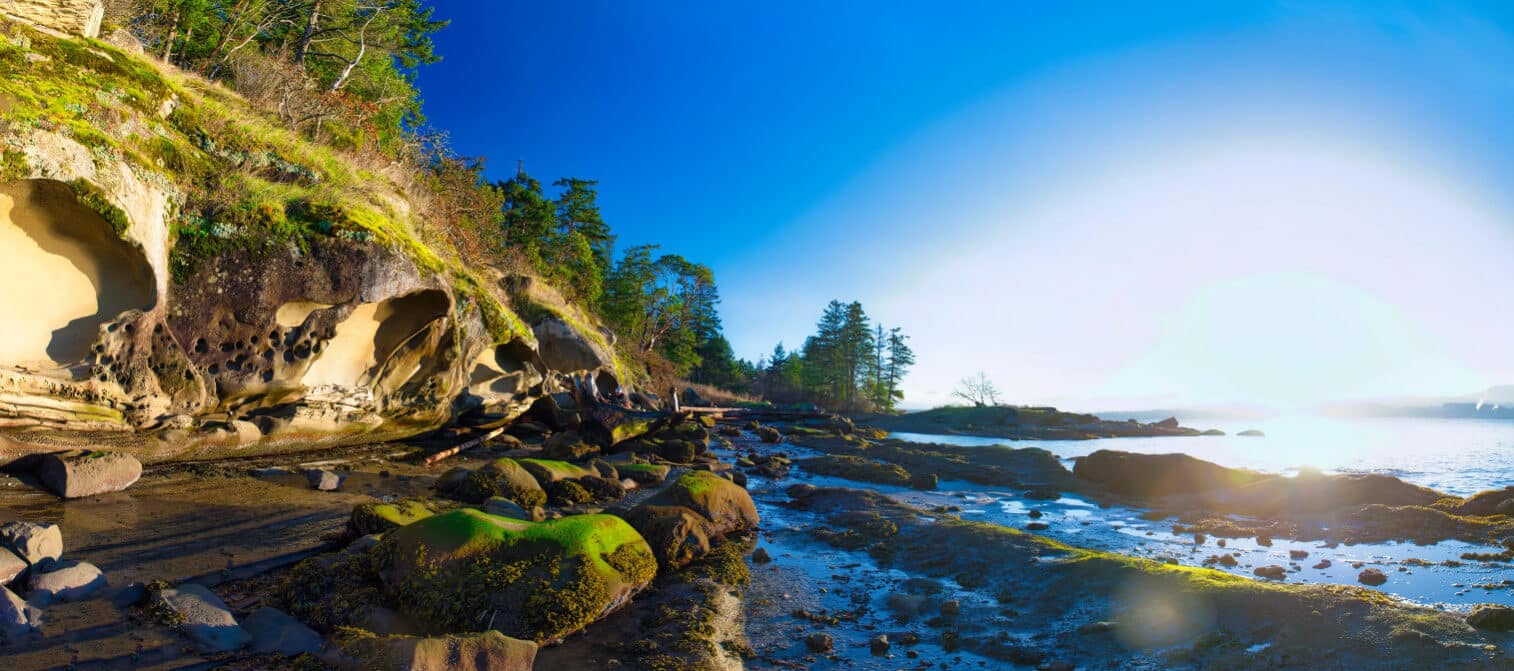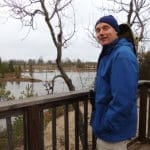The year 2022 marks my 50th year of environmentalism. In 1972, the harbour commission in my home town of Nanaimo, BC spoke of the urgent and pressing need to expand the loading docks for ships into what it called “the mud flats.” This area is more properly called “an estuary” where the Nanaimo River meets the sea. Estuaries rival coral reefs as among the most biologically productive places on the planet. By coincidence, the area slated for this industrial expansion was also next to the First Nations reserve.

As a young teenager, I joined with environmentalists, the First Nations people, and the local fish and game club (hey, estuaries are also great places to hunt ducks) in opposing the harbour commission and its ally, the chamber of commerce. I was one of many who spoke against the project at a federal hearing on the project without realizing I was by far the youngest person to do so. The next morning, my photo was on the front page of the local newspaper and I briefly became a poster boy for the environmental movement.
Lisa and I visited Nanaimo in 2017 and we stood on a hill on the south side of town. I proudly showed her how the estuary looks about the same as it did in 1972. The harbour commission was told by Ottawa to expand the docks into a less environmentally sensitive area elsewhere, which they did. But the “urgent and pressing need” to do so never materialized and the new docks were eventually converted into a ferry terminal instead.

I soon found myself elected as the president of the local environmental group, SPEC and began mainly calling for a recycling program in Nanaimo. For my efforts, a reactionary columnist with the local newspaper wrote that I was “a radical ecofreak.” SPEC is still around and you can find it at https://spec.bc.ca/
We managed to secure some federal funding for this and opened what began as a drop-off recycling centre. The president of the fish and game club then donated his old pickup truck and we expanded to provide limited curbside pickup. There was a huge newsprint mill an hour away in Port Alberni, but the best price we could find for our old newspapers was in Hong Kong; the shipping costs there proved surprisingly low.
Through SPEC, I met Gary Gallon, https://www.wasterecyclingmag.ca/feature/in-memorium-of-gary-gallon/ the group`s executive director, and a draft dodger from California. I only found out later that he co-founded Greenpeace. At one point, Gary rented the back of SPEC’s Vancouver office on West Fourth Ave. to Greenpeace and I went to say “hi” to the bearded guy at the desk there. I may have thus become the first member of the general public to walk into a Greenpeace office anywhere. https://www.greenpeace.org/canada/en/
Before the Green Party was founded, most environmentalists then were supporters of the BC NDP. Gary did not want the Social Credit opposition to say we were all NDPers, so he took out a token membership with the Social Credit Party.
Following Gary’s lead, I made contact with the youth wing of the Social Credit Party and they asked if I could help write their party’s environmental platform. I gave them a platform that stressed recycling—a non controversial issue–and also the need to protect agricultural land, contradicting the party leader, Bill Bennett, on this latter point. The NDP government had recently introduced the Agricultural Land Protection Act which some Social Credit supporters branded as “communism!” For more about the Social Credit Party see https://en.wikipedia.org/wiki/British_Columbia_Social_Credit_Party
When the Social Credit party won the next provincial election, Bennett did not dismantle the Act. Was this perhaps my doing? Apart from saving farmland, the Act probably does a lot to restrain urban sprawl. BC’s legislation later served as the model for Quebec to protect its own agricultural lands.
In about 1982, I was helping to sell calendars for another environmental group, the Western Canada Wilderness Committee. The group’s co-founder, Paul George, was disillusioned with the NDP on environmental matters. He talked to me about founding a new political party dedicated to the environment and convinced me to sign papers to that effect. Soon after, the BC Green Party was incorporated, the first such political party in North America.
Being an environmentalist is not always easy. Family and friends do not always understand what you are doing or why. If they don’t understand what you are doing, it can be difficult for them to be supportive. There were comments, like the “radical ecofreak” label given to me in my hometown newspaper. Nor was there much money in working as an environmentalist. While volunteering with the recycling movement, I used to work for stints in logging camps. I had enough cash, but it was a strange existence, helping to destroy the forest in order to save a few trees.
I have long pondered how to work to protect the environment and still make a living doing so. I am very proud to have met Lisa and now be working with Urbanature. Yes, it is possible to do what you believe in and draw a salary at the same time. You can find out more about us at https://www.urbanature.org/


